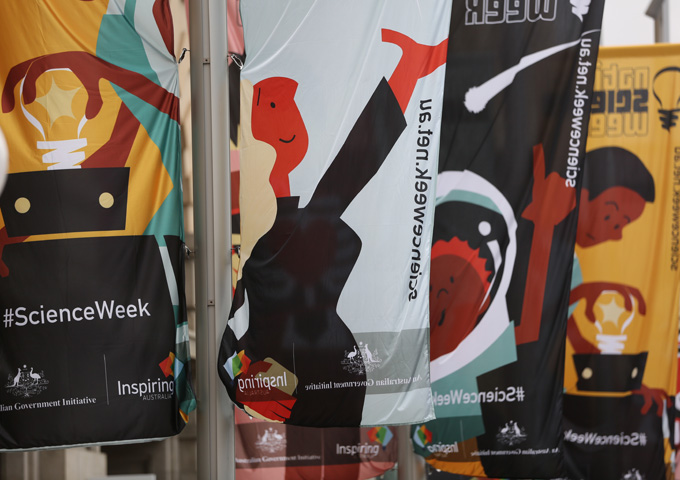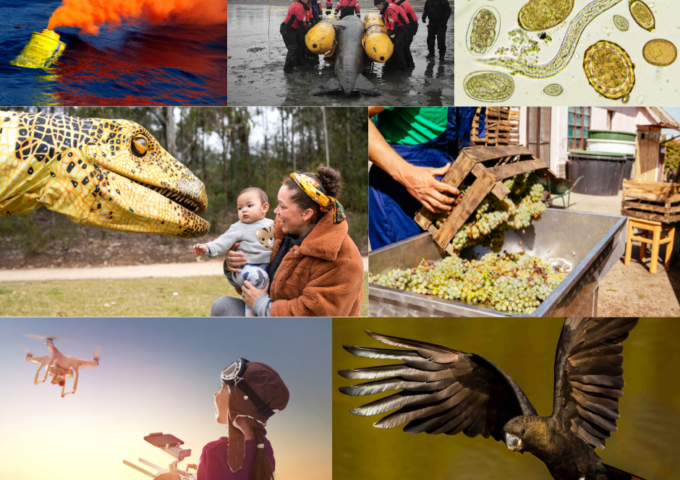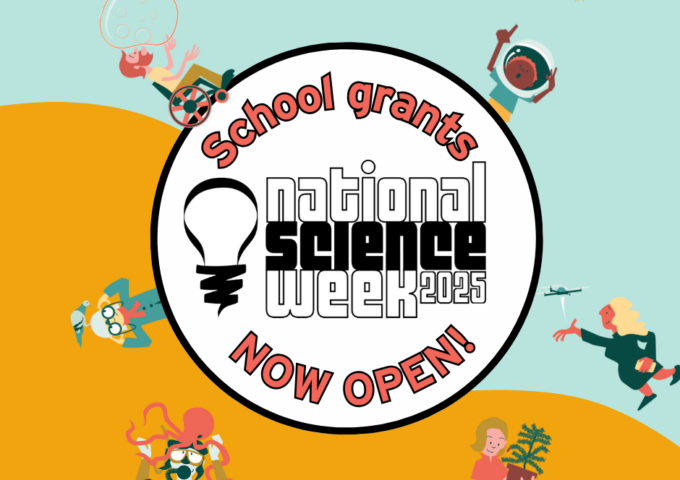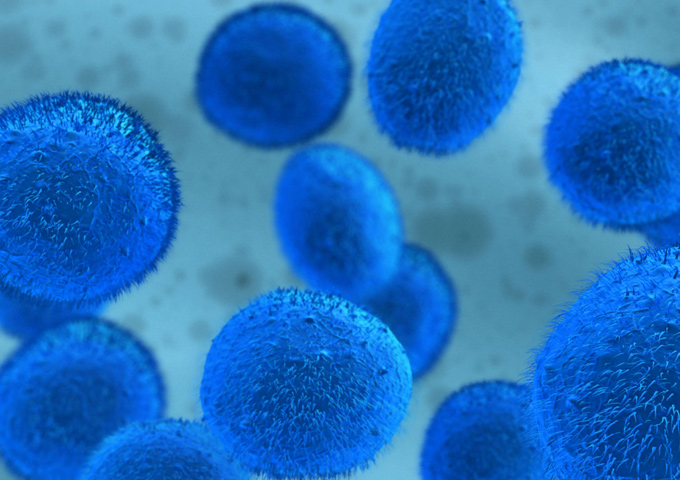
Forget the AFL, the real heroes of Melbourne are the scientists working hard to advance human health. Take a look inside these cutting-edge research laboratories as we celebrate National Science Week.
By Harriet Edmund
For any biomedical scientist, doctor or public health professional – or those aspiring to be one – you can’t help but marvel at the evolution of science in the past few months, let alone years.
There’s been an unprecedented expansion of knowledge, technology and, most notably, collaboration. Not to mention the world-wide recognition of the biomedical heroes at work trying to solve today’s – and future – global public health challenges.
Melbourne University Professor Andrew Brooks, Head of the School of Biomedical Sciences’ Department of Microbiology and Immunology, predicts a COVID-19 legacy will be greater local and international collaboration among scientific and medical industries.
“I think we’ll see a whole set of highly functional collaborative networks that not only have the potential to impact the way we approach other infectious viruses, but can just as well be applied to a wide range of other settings.”
His colleague, Professor Laura Mackay, a laboratory head at the Peter Doherty Institute for Infection and Immunity, adds this new era of biomedicine is one where knowledge directly translates from basic research to clinical treatments.
“There has been such a dramatic expansion of our technical capabilities with increasingly powerful molecular profiling methods, which allow us to resolve previously unanswerable questions,” says the winner of the Frank Fenner Prize for Life Scientist of the Year at the 2019 Prime Minister’s Prize for Science.
A new era in biomedicine
While the current pandemic has thrust immunologists into the spotlight, Melbourne is also home to one of the world’s largest groups of neuroscientists.
A global expert in vascular biology and vision-threatening diseases, diabetic retinopathy and retinopathy of prematurity, Professor Jennifer Wilkinson-Berka, is one of them.
Professor Wilkinson-Berka, who becomes the next Head of the School of Biomedical Sciences on Monday 3 August, believes there has been a revolution in biomedicine in recent years.
“We’ve seen innovations in big data analysis, genomics, computational biology and advanced imaging, which are opening new ways of understanding the human body,” she says.
Every day students and academics push the boundaries of what we see and understand. People are studying the intimate workings of cells in real time, others using data from around the globe to try and stay ahead of deadly viruses, and some focus on major advances in genomics to understand the complex interactions of a person’s biology and the environment – and their impact on disease.
While the School celebrates its five year anniversary in 2020, the University has been teaching and researching biomedical sciences for almost 160 years.
Professor Wilkinson-Berka says: “This is without a doubt the most exciting time for biomedical research with new technologies allowing researchers to obtain large and complex amounts of information and use this knowledge in ways that we could only dream about 10 years ago”.
An award-winning neuroscientist, Professor Erica Fletcher, who won the 2019 Australasian Neuroscience Society’s Nina Kondelos Prize, says “this is one of the greatest eras of scientific discovery”.
“Medical research is exponentially growing with new paradigm shifting discoveries being made almost on a daily basis. To be part of such an extraordinary effort is amazing.”
Precinct in its prime
The Melbourne Biomedical Precinct is home to more than 40 hospitals, research, teaching and biotechnology organisations. It is one of the world’s top five biomedical precincts with 10 000 researchers engaged in breakthrough biomedical and healthcare research.
Melbourne’s position as a world leader in biomedical research was strengthened in 2016 when the Victorian State Government established the Melbourne Biomedical Precinct Office.
One relative new comer is Dr Garron Dodd, who joined the University as a senior lecturer and head of the Metabolic Neuroscience Laboratory in the Department of Physiology last year.
He says the Precinct has the best and most diverse collection of biomedical research expertise in Australia – and one of the best in the world.
“It is a very exciting place to be as a young scientist,” says Dr Dodd, who’s findings have been published in some of the most prestigious science journals.
“As a neuroscientist, it is an especially exciting era to be an active researcher. Never before have we been able to manipulate, image and re-wire neuronal circuits with such autonomy and precision.”
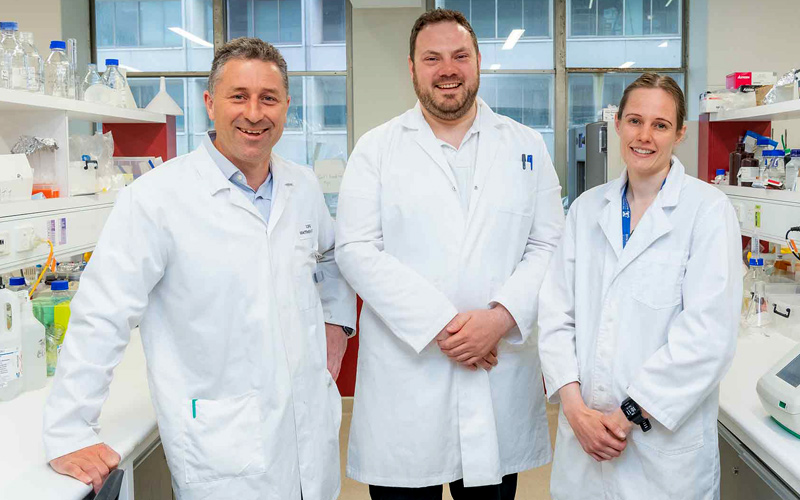 Professor Matthew Watt, Dr Garron Dodd and Dr Paula Miotto, Department of Physiology.
Professor Matthew Watt, Dr Garron Dodd and Dr Paula Miotto, Department of Physiology.
Big date = New opportunities
Last year, the Centre for Muscle Research opened and is the first of its kind in the southern hemisphere to focus on skeletal muscle research.
Director, Professor Gordon Lynch, says the Centre has opportunities to lead initiatives on skeletal muscle biology and translation, especially in the Asia-Pacific region.
“Biomedicine is currently in an era dominated by big data – the capacity to generate enormous sets of ‘omics data – transcriptomic, proteomic, metabolomic, and so on,” he explains.
“Making sense of all these data sets is not straightforward, but essential if we’re to utilise this information strategically for discovery biology and biomedical translation. Physiologists at our Centre are able to integrate this information and provide a real-world context for meaningful interpretation and application.”
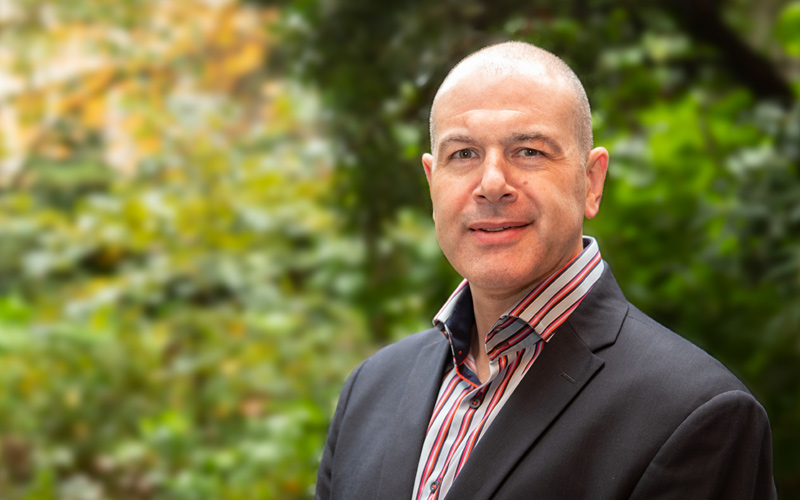
Professor Gordon Lynch, Director of the new Centre for Muscle Research.
The shift to big data research in terms of omics and computation is also leading to change in the areas of biochemistry and molecular biology.
Advances in technology have massively increased the amount of data being produced, says Professor Danny Hatters, a NHMRC Senior Research Fellow who’s laboratory is based at the Bio21 Molecular Science & Biotechnology Institute.
“The immediate challenges are in how we handle and analyse the huge volumes of data. Bioinformatics is about to undergo a revolution in terms of approaches to addressing these challenges and in applications for personalised medicine,” he says.
Personalised medicine
The rapid growth of personalised medicine is a key focus of the ARC Industrial Transformation Training Centre for Personalised Therapeutics Technologies, launched in 2018 under Director Professor Alastair Stewart.
This Centre aims to advance and deploy new technologies that will remove long-standing barriers to new drug discovery and development. In doing so, it provides opportunities for highly effective personalised treatments.
“We are crossing a threshold into a new era of drug evaluation in which clinical trials will use ‘tissue-chip’ technology and allow individualised predictions of drug effectiveness,” says Professor Stewart.
“We are in a period of transition from a strong focus on blockbuster therapeutics to much better matching between individual patients and their specific therapeutic needs.”
This year, the Centre is using new chip technologies to support efforts in identifying urgently needed anti-inflammatory and anti-fibrotic treatments for coronavirus patients.
There’s no doubt, COVID-19 is challenging scientific and medical industries, but it’s also shining a light on the heroes in this new era of biomedical science as they work to advance human health in Melbourne, Australia – and beyond.
E-meet a (Biomedical) Scientist
What better way to celebrate National Science Week than by connecting budding high school students with University of Melbourne biomedical scientists? Through 15–30-minute video calls, our experts – many of whom are global leaders in their research field – will help inspire the next generation of scientists.
Students in Year 9 and above from metropolitan, regional and rural schools are invited to participate in the event.
Guest blog post by Harriet Edmund, School of Biomedical Sciences, University of Melbourne.




